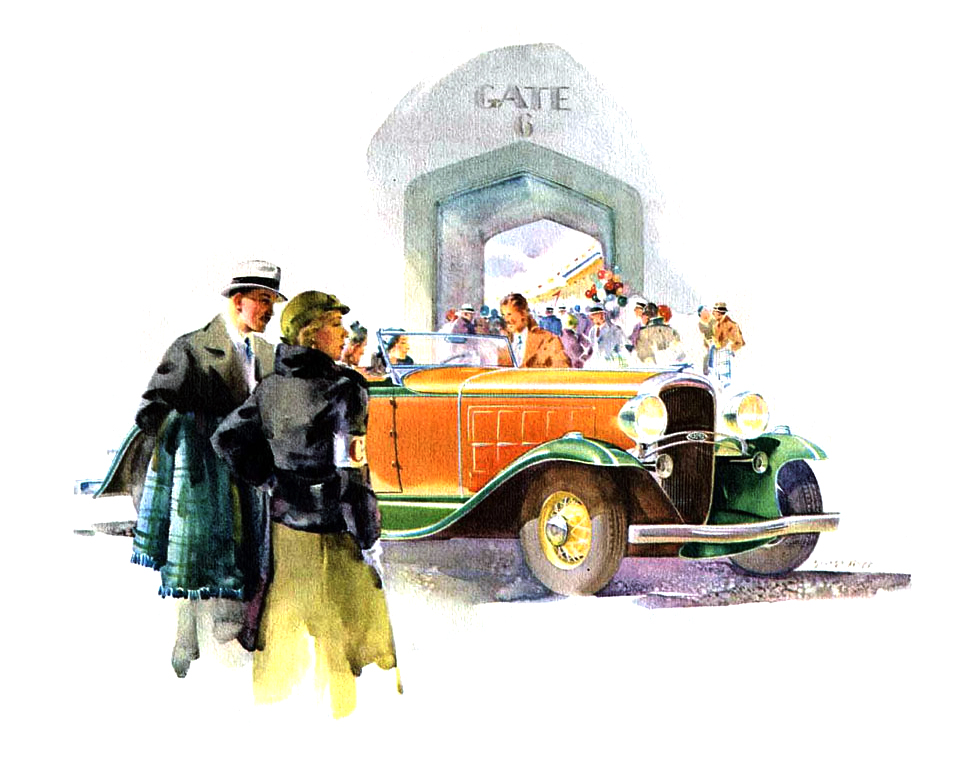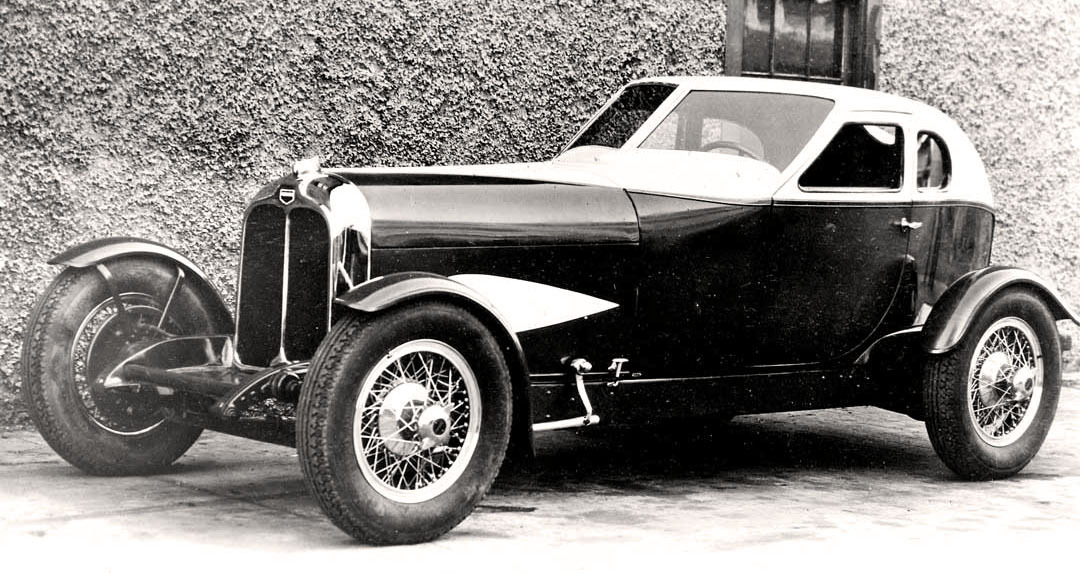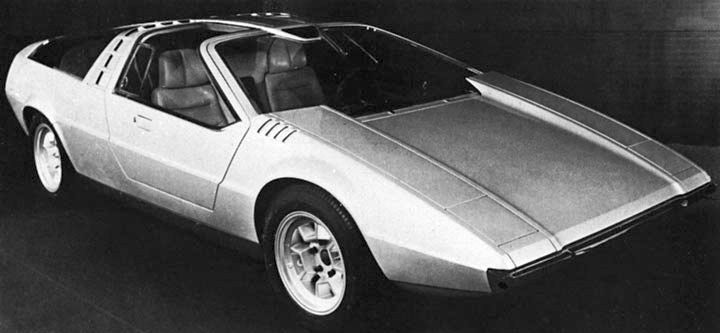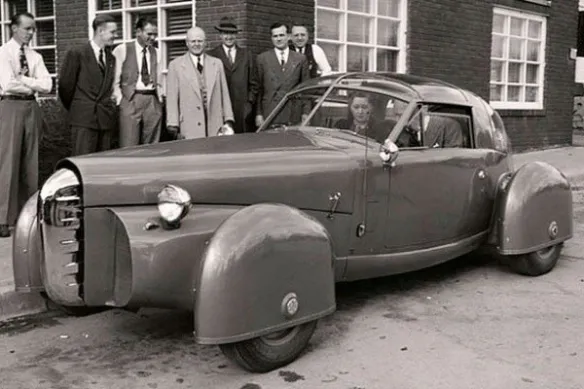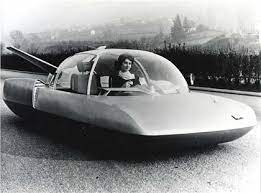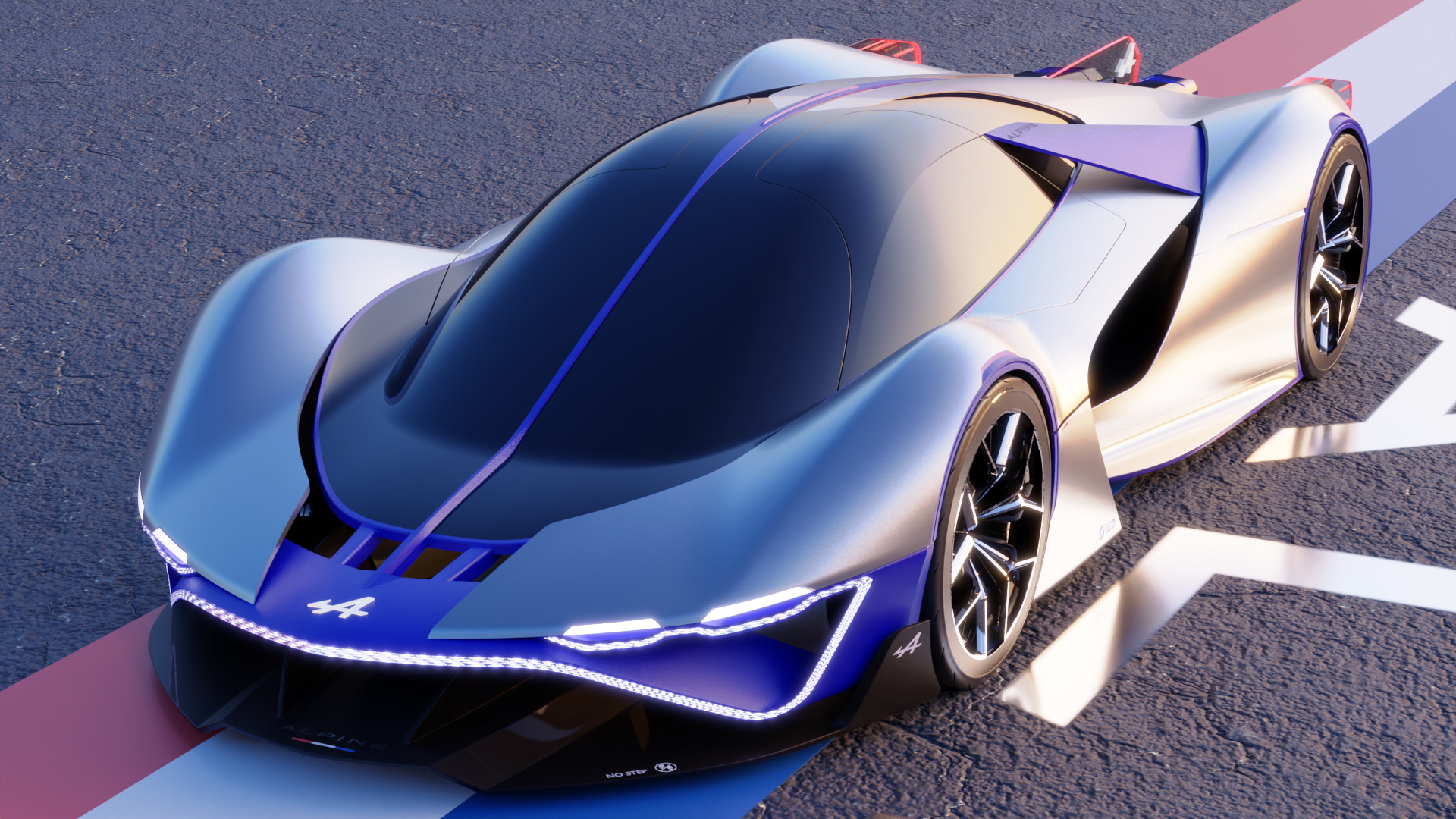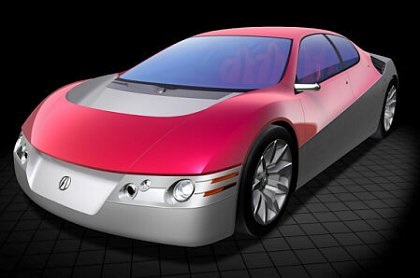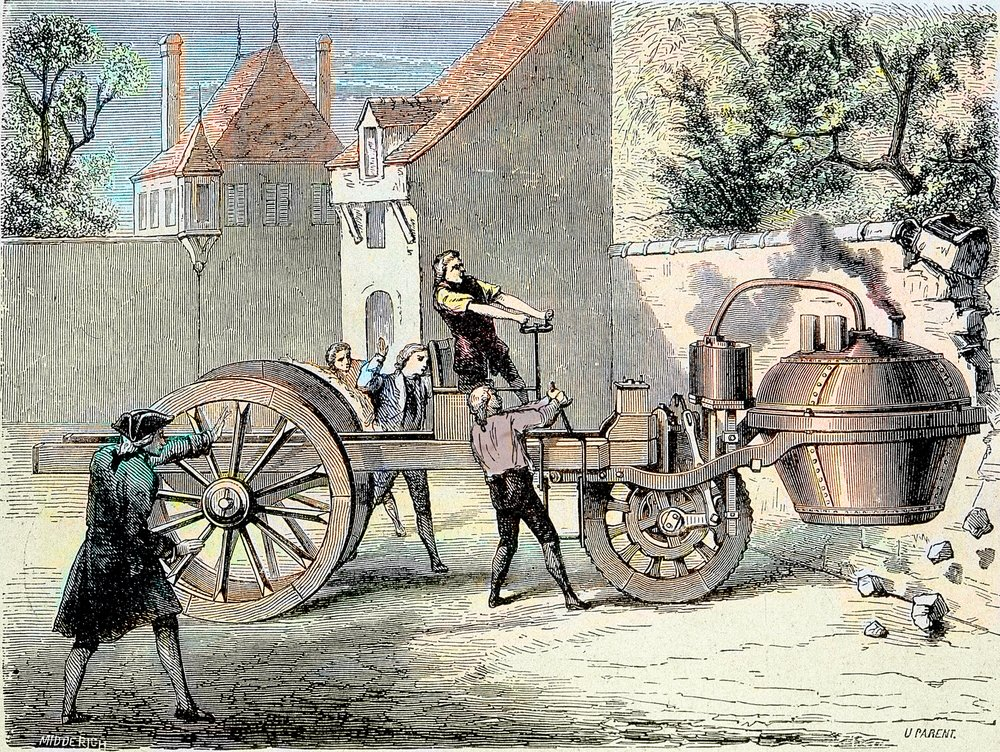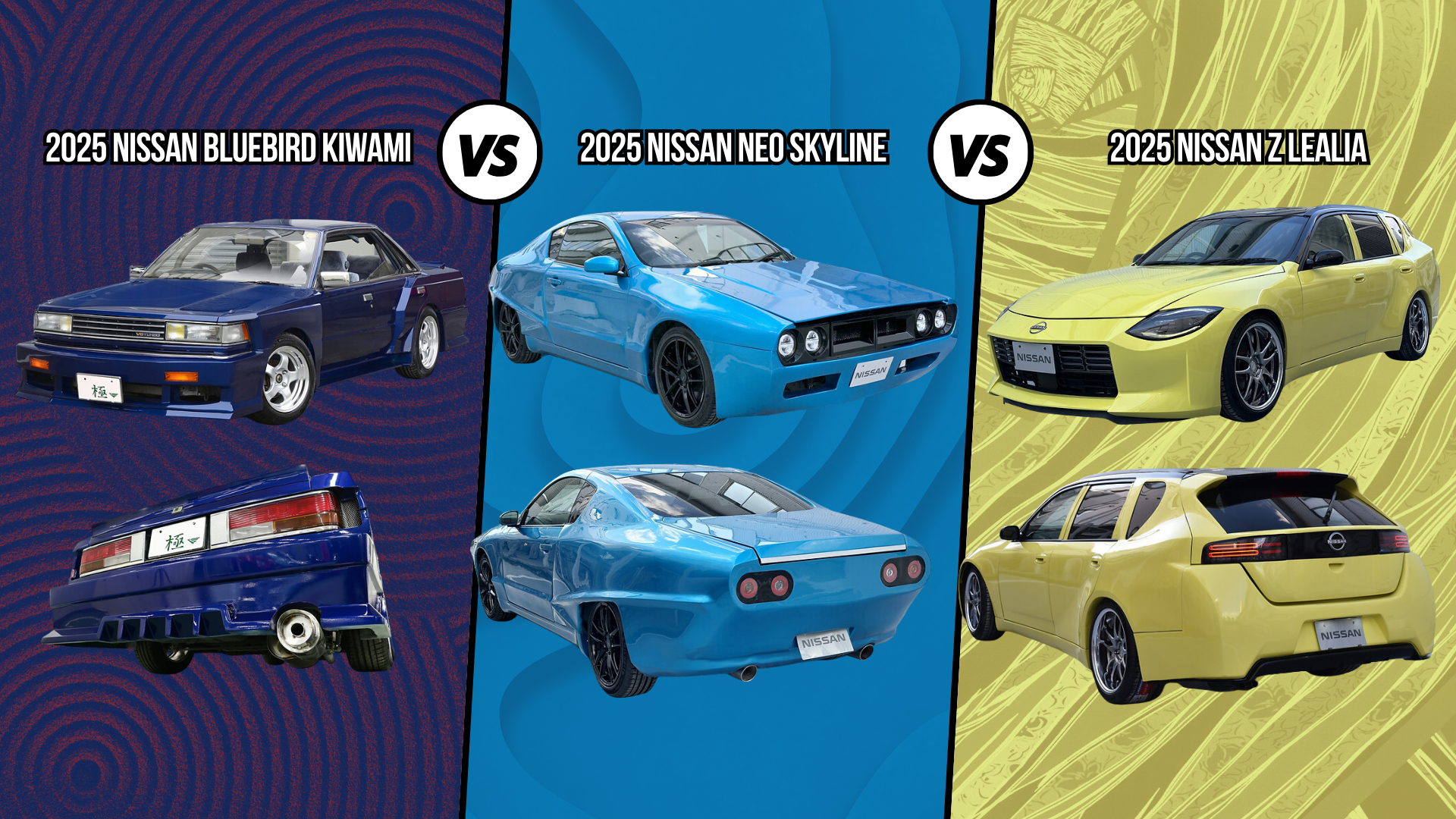The AMC AMX concept cars were early looks at what would become one of AMC's signature model lines: the sporty 1968 AMC Javelin pony car coupe and its two-seat companion, the 1968 AMC AMX muscle car.
Newly installed AMC chief Robert B. Evans had breezed in believing that the key to AMC's future was "to do things differently — find new ways to do new things and try new ideas." Accordingly, he put Teague to work on what ultimately became a quartet of show cars with plenty of new ideas that promised to jazz up AMC's image in a big way. To ensure plenty of exposure, Evans sent the cars on a nationwide tour as "Project IV," billed as a traveling "auto show of the future."
While none of the Project IV cars saw production per se, one provided a preview of a near-term AMC model. That, of course, was the unique two/four-seat AMX, the direct forerunner of the Javelin-based two-seat fastback that appeared in 1968.
The show model had originated in AMC's advanced styling section under Chuck Mashigan in October 1965. Unveiled four months later as a non-running mockup built from a trashed American, it attracted such favorable notice that AMC hired the famed Vignale works in Italy to build a fully operational version for Project IV. It was finished in just 78 days.
Though differing somewhat in details, both the "pushmobile" and the Vignale AMXs had the same tight shape — what Teague called a "wet T-shirt look" — plus the whimsically named "Ramble Seat." The latter referred to a pair of jump seats that folded up from the rear cabin floor to provide al fresco accommodation for two occasional riders. A back window swiveled up to double as an auxiliary windshield, enhanced comfort.
The Vignale AMX also had a pair of small rear seats inside for use when the Ramble Seat wasn't. Both show models rode a 98-inch wheelbase like the eventual showroom AMX, and the "runner" carried the same new 290-cubic-inch AMC V-8 standard on production AMXs.
The Ramble Seat was deemed too costly and impractical for the street. So was another show-car feature: a striking "cantilevered" front roofline with no visible A-pillars; instead, door glass extended right around to the windshield for an ultra-clean appearance. Somehow, Teague managed to conceal a functional roll bar within. Incidentally, beige leather covered all seats in the runner, which also featured a center console with electric push-button controls for the Ramble Seat.
Source: www.amxfiles.com
Images: AMC; Vintage Web; www.37nash8.net




































